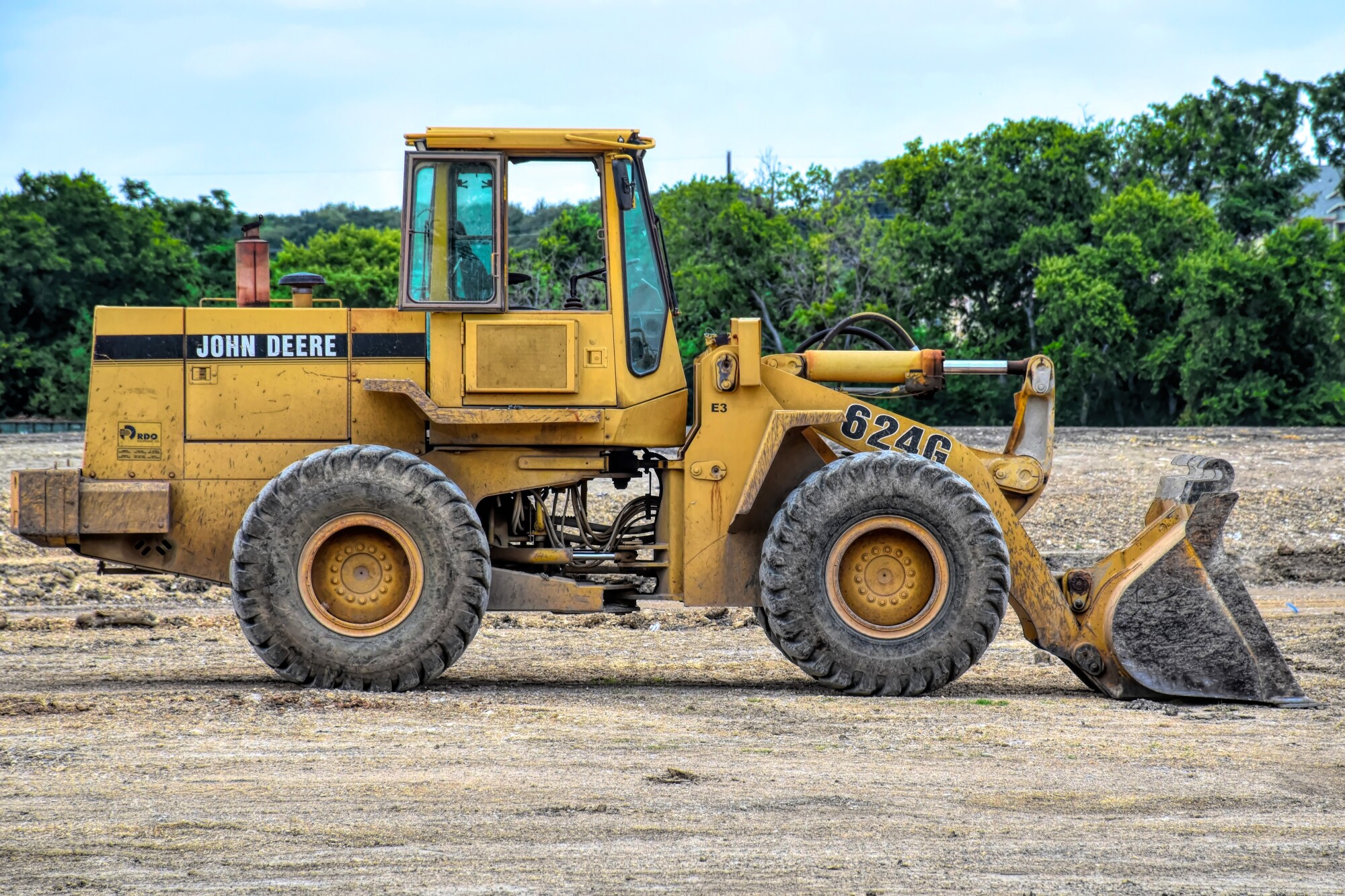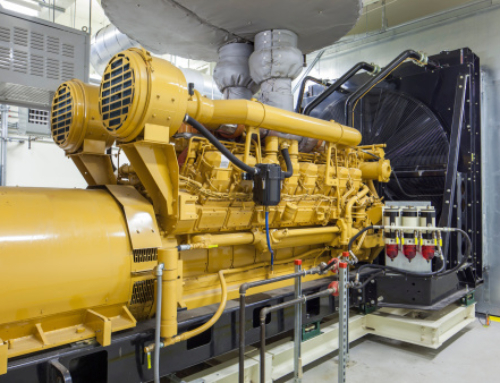If you use or manage industrial equipment, it’s critical that you learn the best way to get the most from them. Maintenance and repair work is par for the course if you’re hoping to optimize performance.
Globally, industrial equipment makes up a $565 billion market size today. The better prepared you are to handle your heavy equipment maintenance, the easier it is to manage your company as a whole.
Maintaining heavy equipment can get expensive if you’re not careful. Learn how to keep costs down and stay on budget with these tips for managing heavy equipment maintenance.
Table of Contents
The Importance of Optimizing Your Maintenance
Properly maintaining heavy equipment is essential no matter what kind of large machinery your business uses. Keeping up on regular servicing, repairs, and preventive maintenance can help reduce significant costs in the long run.
It also helps you scale your business and keep it safe. Heavy equipment maintenance is especially important if you rely on industrial generators in your line of work. Ongoing maintenance is essential if you also use equipment such as:
- Air compressors
- Industrial engines
- Radiators
- Industrial HVAC systems
- Material handling equipment
When you optimize your equipment, it’s easier for you to spend your overhead budget wisely. You’ll be better able to scale your company and will keep your equipment running correctly for years to come.
Regularly Schedule Preventative Maintenance
Scheduling regular preventive maintenance is one of the most cost-effective measures you can take to help keep heavy equipment operations running smoothly. By thoroughly examining a piece of equipment and fixing any minor repairs before they become bigger issues, you can save a lot of money in the long run by avoiding major repair bills or replacements down the line.
Set your preventative maintenance schedule and stick to it. This is the most cost-effective way to ensure the maximum lifespan of your heavy equipment. Scheduled services should include inspections, lubrication, filter changes, fluid flushes and refills, and any other routine maintenance tasks needed for your air compressors and other equipment. Be sure to follow manufacturer instructions when creating a game plan to take care of your equipment.
Sticking to your preventive maintenance schedule will make sure that you don’t overspend, and that your equipment works correctly.
Invest in Quality Parts
Investing in quality parts and supplies for your industrial equipment will help prolong the life of your machines and keep them running at their best. Avoid purchasing cheap, low-grade parts that are more likely to break down after a short time. Quality parts also come with better warranties which can provide additional protection if issues arise.
When you invest in quality parts and supplies, minimize costs on long-term maintenance expenses and maximize the efficiency of your operations. Figure out which parts are ideal for your heavy equipment, and decide whether you want to purchase original equipment manufacturer (OEM) parts or aftermarket parts for your equipment.
Properly Store and Handle Equipment
Always properly store and handle your heavy equipment when doing maintenance. Storing your equipment in a clean, safe space can help prevent wear and tear before you even begin maintenance.
Take the time to cover sensitive components of machines like wiring and hydraulic hoses with protective covers to avoid dirt, dust, or other debris getting inside. When cleaning or servicing your machines, use safe handling procedures to ensure that no damage occurs while they are being moved or stored.
This is especially important when you have used industrial equipment that you’re hoping to keep running correctly.
Utilize Software Solutions to Track Maintenance and Expenses
Keeping track of maintenance can be tricky, but luckily there are software solutions to help you out. Using a fleet or warehouse management system will ensure that all of your maintenance expenses and costs can be monitored in one convenient place.
This software dashboard offers comprehensive tools for managing both routine and emergency maintenance. The platform gives you the chance to track the usage of your equipment and any maintenance costs that come with the territory.
These Software as a Service (SaaS) systems let you know exactly what’s being spent on keeping your equipment up to date—no matter the size or scope of your operation. It will also alert you on the performance and will give you an idea of when you should get replacement parts of any kind.
Optimize Fleet Performance with Routine Checks
With a proactive approach to heavy equipment maintenance, you can keep your fleet performing at its best while keeping costs low. The best way to do this is by conducting routine inspections and checking in with technicians to ensure that all necessary repairs are made promptly.
Regularly checking the performance of your machines will not only extend their life expectancy but also help you identify discrepancies or upcoming issues that may need more serious attention before they become a problem.
Run some routine checks of your system so that you’re testing their performance. Monitor their use and always keep logs whenever something is off with any of your industrial parts or machinery.
Properly Train Your Staff
Keeping your heavy equipment in top condition is essential for efficient operation, so make sure that your staff is correctly trained and up-to-date. When your professionals use your machinery correctly, they’re less likely to make mistakes that create issues.
Machinery that constantly breaks down will have higher upkeep costs, which will keep multiplying over time. Your professionals should continue their education so that they can skillfully use the equipment without any setbacks.
Diligently Check Your Fluids
Fluids are among the most important aspects of maintaining any industrial machinery. Whether you have a new or used generator, checking its fluids becomes an A1 priority.
Regularly check the fluid levels and quality of the oil. Outdated or dirty oil can cause engine parts to wear out faster, leading to reduced performance and increased repair costs. It’s also important to check and top off any other fluids that are required for the proper functioning of your equipment, such as hydraulic fluid.
Perform Regular Visual Inspections
In addition to tracking fluid levels, it’s also important to visually inspect your equipment on a regular basis. Look for potential signs of wear and tear on the exterior of the machine, as well as in any parts that are exposed. If you notice something off, have it inspected and addressed as soon as possible to avoid further damage or costly repairs down the line.
Check Your Connections
Double and triple-check your connections regularly to know that your parts and equipment are working as they should. Make sure all nuts, bolts, and screws are securely fastened before use.
It’s essential to ensure that all nuts, bolts, and screws are securely fastened before use to ensure the safety of the operator.
If you find any loose connections or items that aren’t correctly installed, take the time to properly tighten them before putting the equipment into operation. Doing this will save you potential headaches in the long run.
Monitor Engine Temperatures
The temperatures of your engine are a big indicator of how your equipment is working. Engines that run hot are textbook signs that they are overworked or on the verge of malfunctioning.
This can provide insight into how much stress you are putting on the engine and other machinery components. If the machine gets too hot, it can cause excess wear and tear, leading to a costly repair. Monitor the temperature during operations, and take regular breaks for your equipment so that it doesn’t overwork itself.
Buy Used and Refurbished Parts
If you really want to optimize your parts and machinery maintenance costs, consider looking into used or refurbished parts. This is a great way to save some money on the care of your systems while still getting excellent performance from them.
Know the serial number or parts number and check with a company that has plenty of quality parts in stock. Always consider the pros and cons of buying used parts and refurbished parts before shopping around.
Set Your Budget in Advance
You can also save money when caring for your equipment by having a budget to work with. When your budget is set in advance, you’ll be far less likely to overspend. This keeps your overhead costs low and lets you earmark room for everything that you need.
Make sure you’re also up-to-date on the equipment brands that you use. Invest in warranties and protection plans for all of the parts that you buy to make sure you’re getting the best return on investment (ROI).
Optimize Your Heavy Equipment Maintenance
Heavy equipment maintenance doesn’t have to be something that you struggle with. The tips above will assist you when you’re interested in doing what’s best for your company.
Swift Equipment Solutions can help you out if you’re buying or selling heavy equipment. Use our web form to contact us or get in touch by calling (866)571-0044 for more information.








Leave A Comment